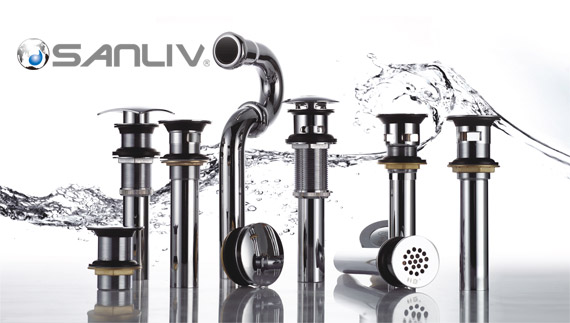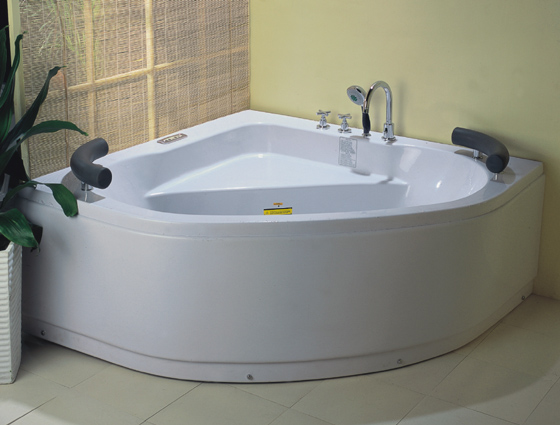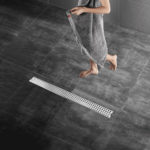
Can I install a bathtub drain by myself? Where Can I get some useful guidence or tips on How to Replace a Bathtub Drain? We frequently get such questions from our clients. Following to our previous tips on Bathtub Drain Replacement, here are Bathtub Drain Installation Guide and Tips, hope it is helpful to your task.
Bathroom plumbing can seem daunting, but some tasks, like installing a bathtub drain, can be surprisingly simple and easy bath improvement projects. Bathtub drains are designed so that water flows to a low point in the pipe, known as a trap, at which point the heavy sediments settle while the rest of the water travels down the pipe. While this helps your drain to keep from getting clogged and makes cleaning a tub drain easy, sometimes the low point can corrode or generate difficult-to-remove build-up, in which case you will need to replace the bath drain. Tackling the job yourself will greatly reduce your out-of-pocket expenses for this job. Installing a tub drain is moderately easy and should take less than an afternoon.
Step 1: Bathtub in the Bathroom
The bathtub should be installed and put in place in the bathroom.
Step 2: Fix Drain
Take the drain assembly, remove nuts and washers from it and put the plumber’s putty under the rim of the drain. After doing this, the drain rim should be put under the drain hole. It should be held firmly for some time.
Step 3: Fix Gasket and Nuts
The rubber gasket on the bathtub should be put on the part that hooks to the tub. Slide the nut and washer onto the overflow pipe as well as the drain shoe. A drain T-fitting needs to be put on the overflow pipe. Connect the drain and overflow pipes to the drain T-fitting. Tighten the nuts with pliers. While doing this, care should be taken that too much pressure is not applied.
Step 4: Connect the Trap
A drain T-fitting needs to be put on the overflow pipe. The drain and overflow pipes need to be connected with the drain T-fitting and the nuts need to be tightened with pliers. The trap on the plastic pipe needs to be pulled down far enough so that the tailpiece can be fitted onto the bottom of the T-fitting. During this process, ensure that the connections are made evenly and fittings are not used in the wrong position. The pipes should also have been measured to the correct size.
Step 5: Tailpiece
A thin coat of pipe joint compound needs to be applied to the threads on the tailpiece. This needs to be fitted into the T-fitting on the trap pipe.
Step 6: Nuts and Washers
Slip the nut and washer onto the tailpiece. These need to be tightened appropriately.
Step 7: Trip Waste and Stopper
Connect the trip waste by feeding the linkage into the overflow tube opening in the tub. In case of a pop-up plug, the trip lever should be left open. In case of a plunger, the drain screen should be put over the drain.
Step 8: Check and Test
There should be no loose connections. All the connections should be reinforced with glue. There should be no leakages. Check and test by filling the bathtub with water and then draining it.





